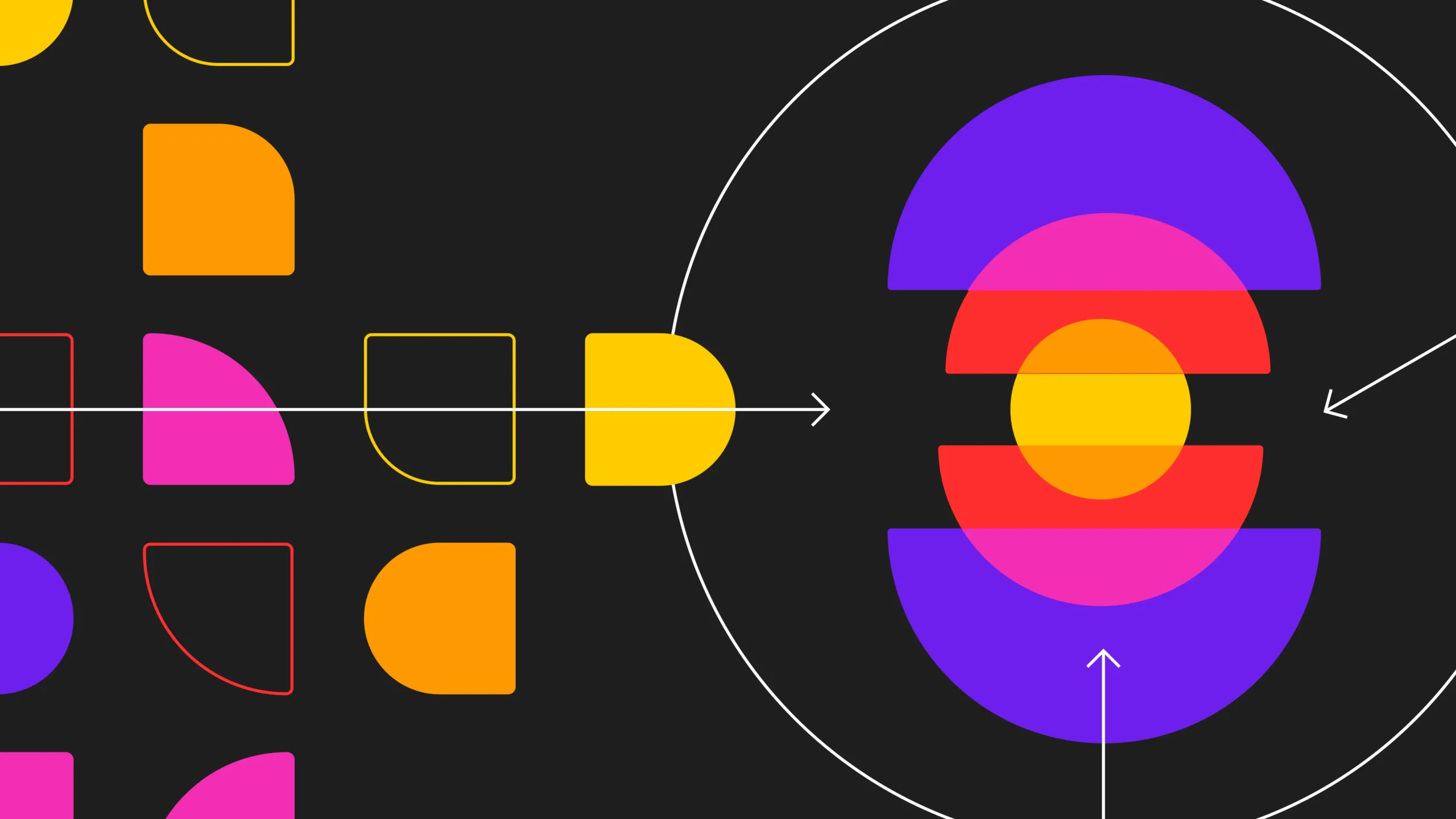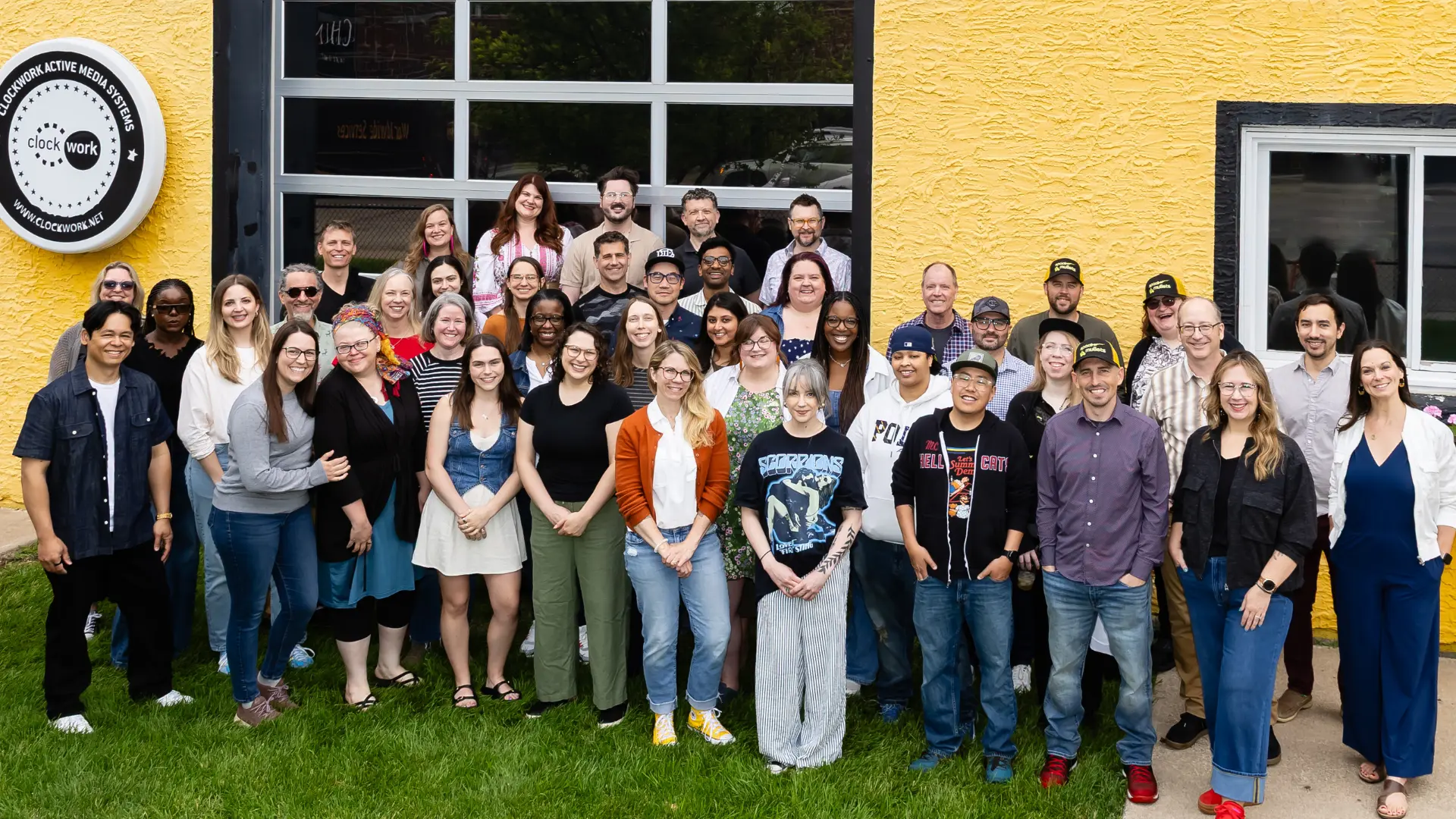Clockwork recently launched the Minnesota Tech Diversity Pledge. Because of this, I’ve been thinking a lot about what diversity really means — to our company but also in a broader sense for our community and for workplaces. I get really frustrated with conversations about diversity that start and end with numbers. Numbers are important, but they are only one critical piece of an even more important pie. At Clockwork, we don’t know everything and we’re not perfect, but I do know that the conversations have to grow and expand beyond numbers for workplaces to be truly diverse.
We can’t stop at butts in seats, we have to rethink what we mean by and how we measure diversity. If Google had equitable, diverse numbers, would that fix diversity? No, it would be a great start of building a new, representative workforce, but that’s not all it’s going to take. Google wouldn’t be able to say, “We’re done. We fixed diversity.”
To start expanding the conversation, I’ve put some thoughts together about what I think diversity means beyond the scope of numbers.
Diversity means we expand our ability to welcome all people in. We have to broaden our horizons in terms of who we see as qualified and technical within our industry; we have to expand our ability to coach, mentor and train people; and we have to expand how we include people in the work family.
Diversity means bringing underrepresented communities into the fold, but it’s also finding ways for everyone to work well together. I’m an outspoken gay woman, and how I work and collaborate with Christians and Muslims is as important to me as getting more people of color into leadership roles. How can a diversity of perspectives be respected? How can people bring their whole selves to work and feel included?
Diversity means we change how workplaces are structured so that all people have the ability to both work and lead productive personal lives.
Diversity means we create work cultures that are adaptable so as numbers and policies change, organizations do, too. Because the numbers we count will change. We have to think about humans — what all humans need to succeed and what attracts all humans to workplaces?
Diversity means connecting and partnering with like-minded organizations who are doing work that we agree with but might not have the bandwidth to do ourselves. It’s amplifying and supporting a network to raise people up inside and outside your organization.
The numbers matter — but then what? We don’t fix anything systemic if we only fix our numbers. How do we ensure that all people, of all backgrounds, feel good at work once they are there? How can we push beyond numbers and policies to make sure that office cultures adapt, too?
Diversity doesn’t mean ONLY these things, but I think a progressive, open, future-focused discussion about diversity should include these things. What are you or your organization doing to move the needle forward on diversity? What can we learn from each other to all get better? Here’s to an ongoing conversation that improves the numbers and our lives.
If you want to participate in the conversation, join us by using #mntechdiversity.
If you are a business leader and want to take the pledge, visit www.mntechdiversity.com.
If you’re inside an organization, share the MN Tech Diversity website with your leaders and help us grow the movement.



